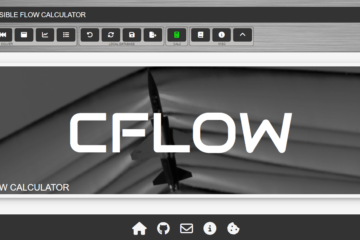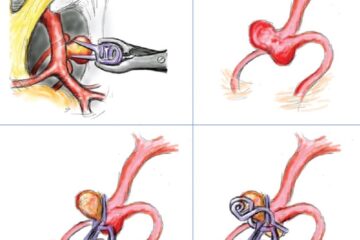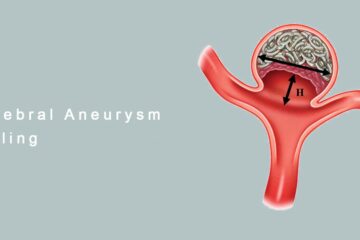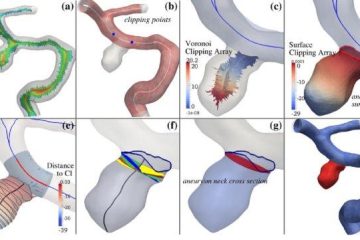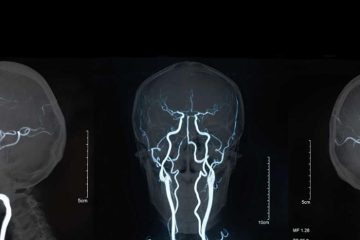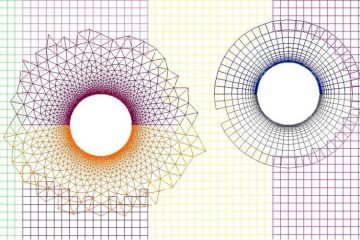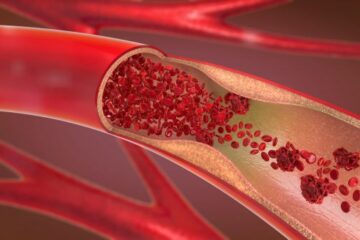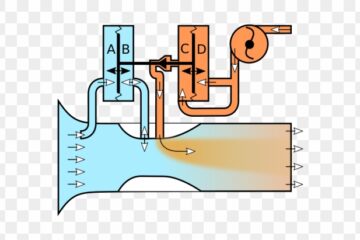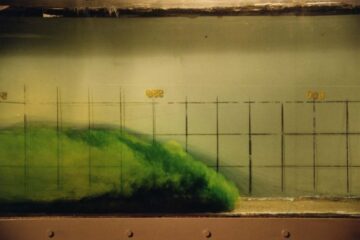Turbidity Currents
During floods, the density of river water usually increases due to a subsequent increase in the concentration of the suspended sediment that the river carries, causing the river to plunge underneath the free surface of a receiving water basin and form a turbidity current that continues to flow along the bottom.
The study and understanding of such complex phenomena is of great importance, as they constitute one of the major mechanisms for suspended sediment transport from rivers into oceans, lakes or reservoirs. Unlike most of the previous numerical investigations on turbidity currents, in this project, a 3D numerical model that simulates the dynamics and flow structure of turbidity currents, through a multiphase flow approach is proposed, using the commercial CFD code FLUENT.
A series of numerical simulations that reproduce particular published laboratory flows are presented. The detailed qualitative and quantitative comparison of numerical with laboratory results indicates that apart from the global flow structure, the proposed numerical approach efficiently predicts various important aspects of turbidity current flows, such as the effect of suspended sediment mixture composition in the temporal and spatial evolution of the simulated currents, the interaction of turbidity currents with loose sediment bottom layers and the formation of internal hydraulic jumps.
Furthermore, various extreme cases among the numerical runs considered are further analyzed, in order to identify the importance of various controlling flow parameters.
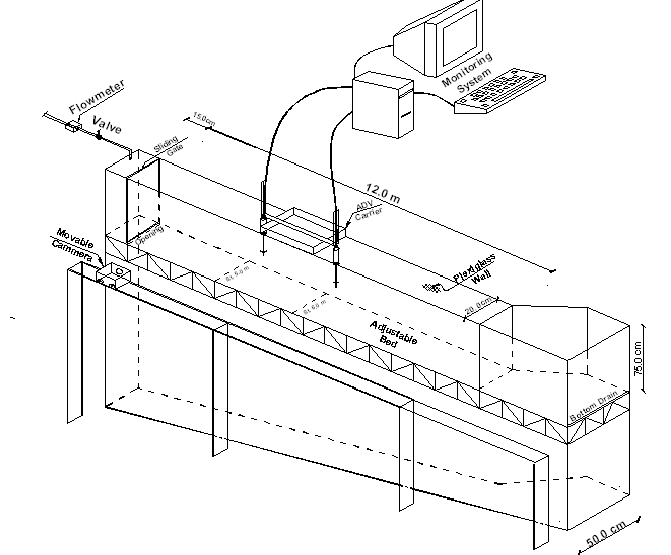
3D Laboratory Setup
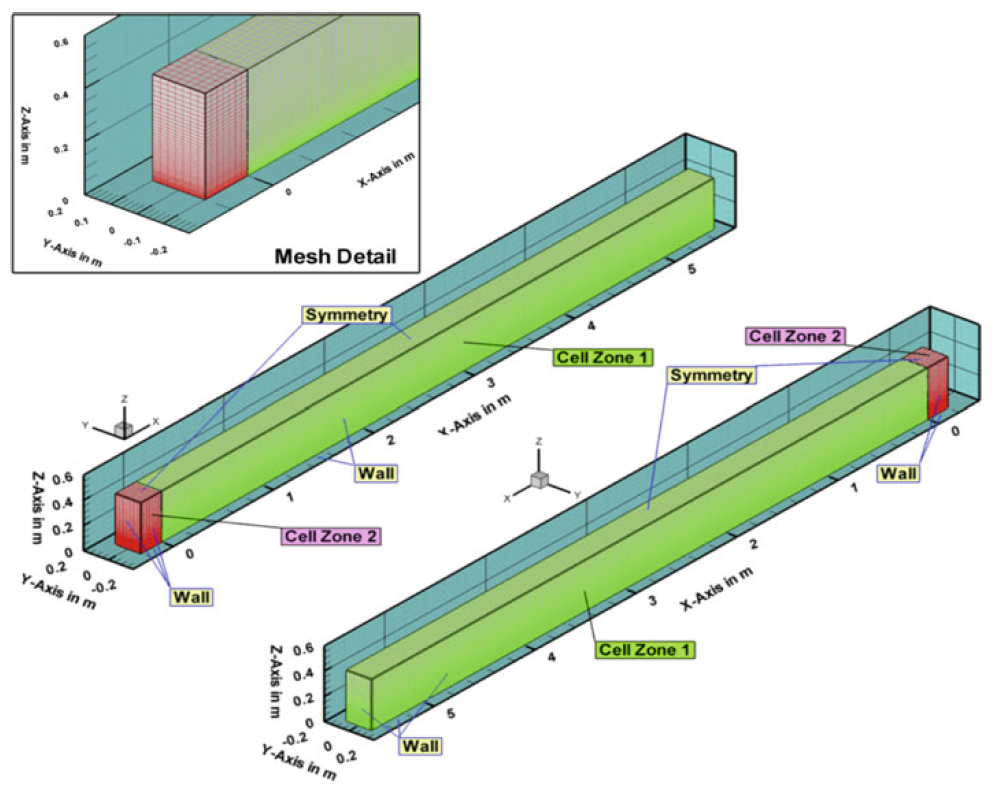
Geometry, mesh and boundary conditions used in the numerical simulations
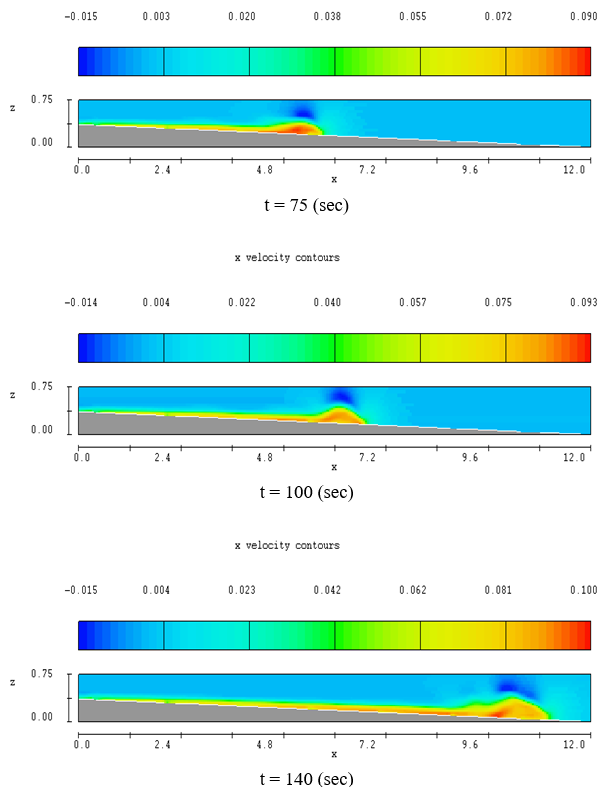
X Velocity Contours of Turbid Currents
This numerical project was conducted by XAV experts.
Amir Sabernaeemi
(more…)
